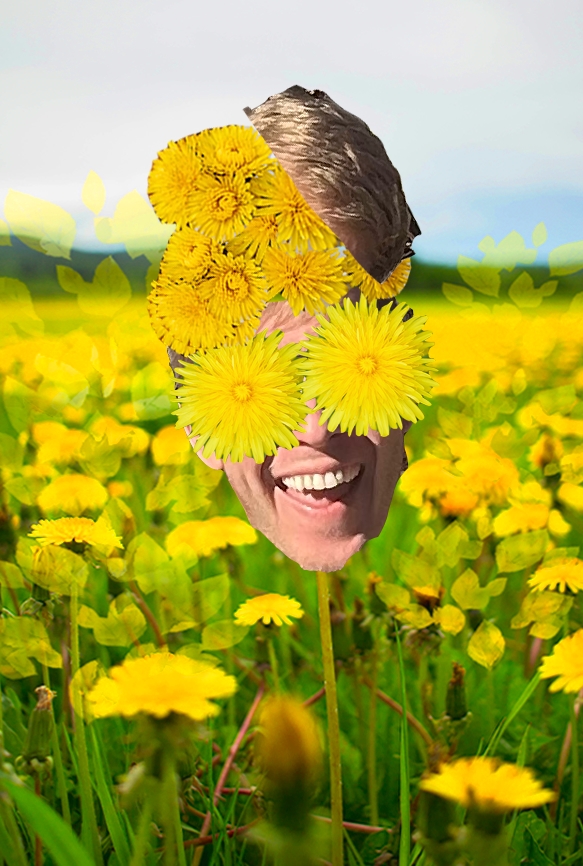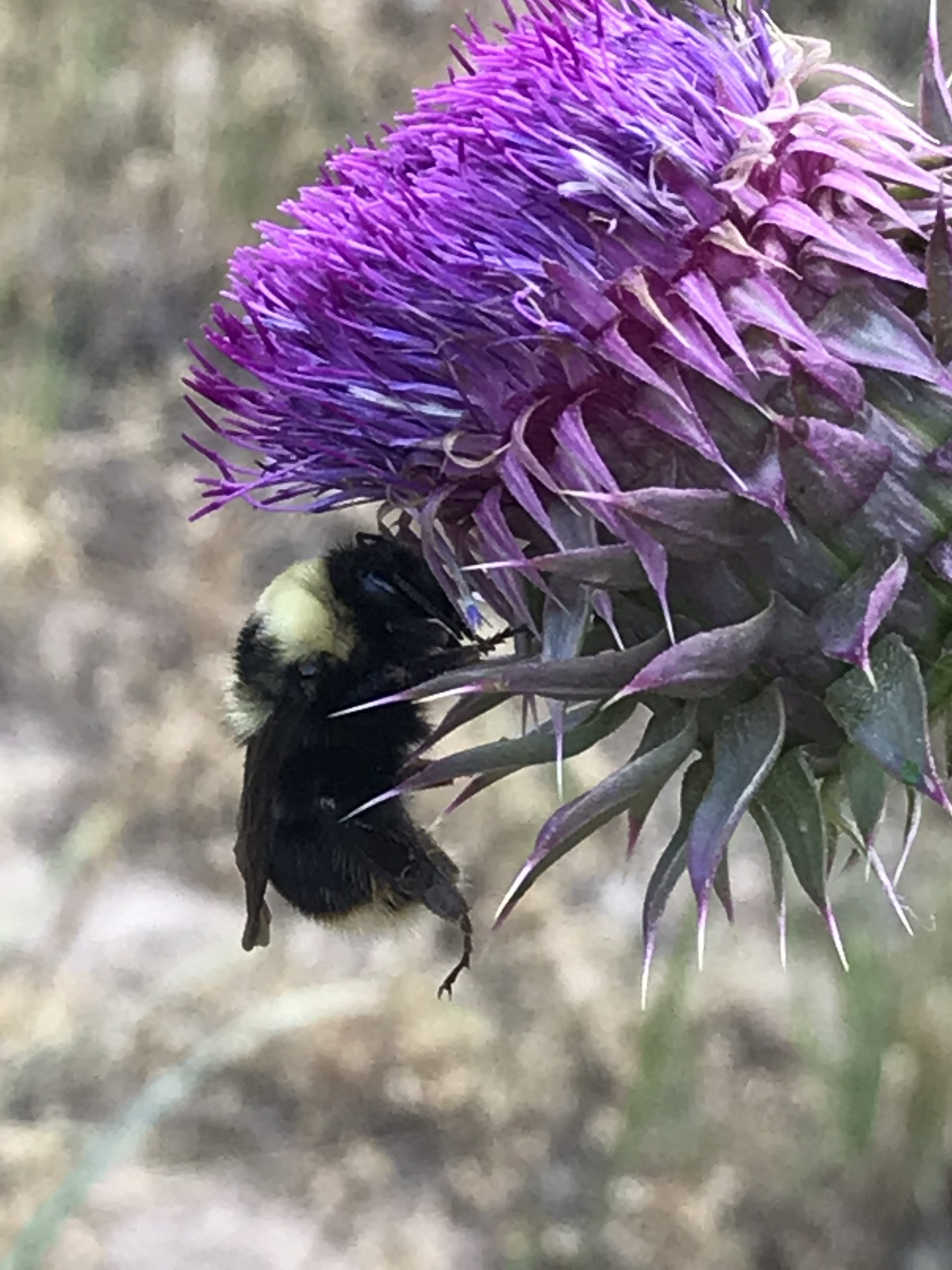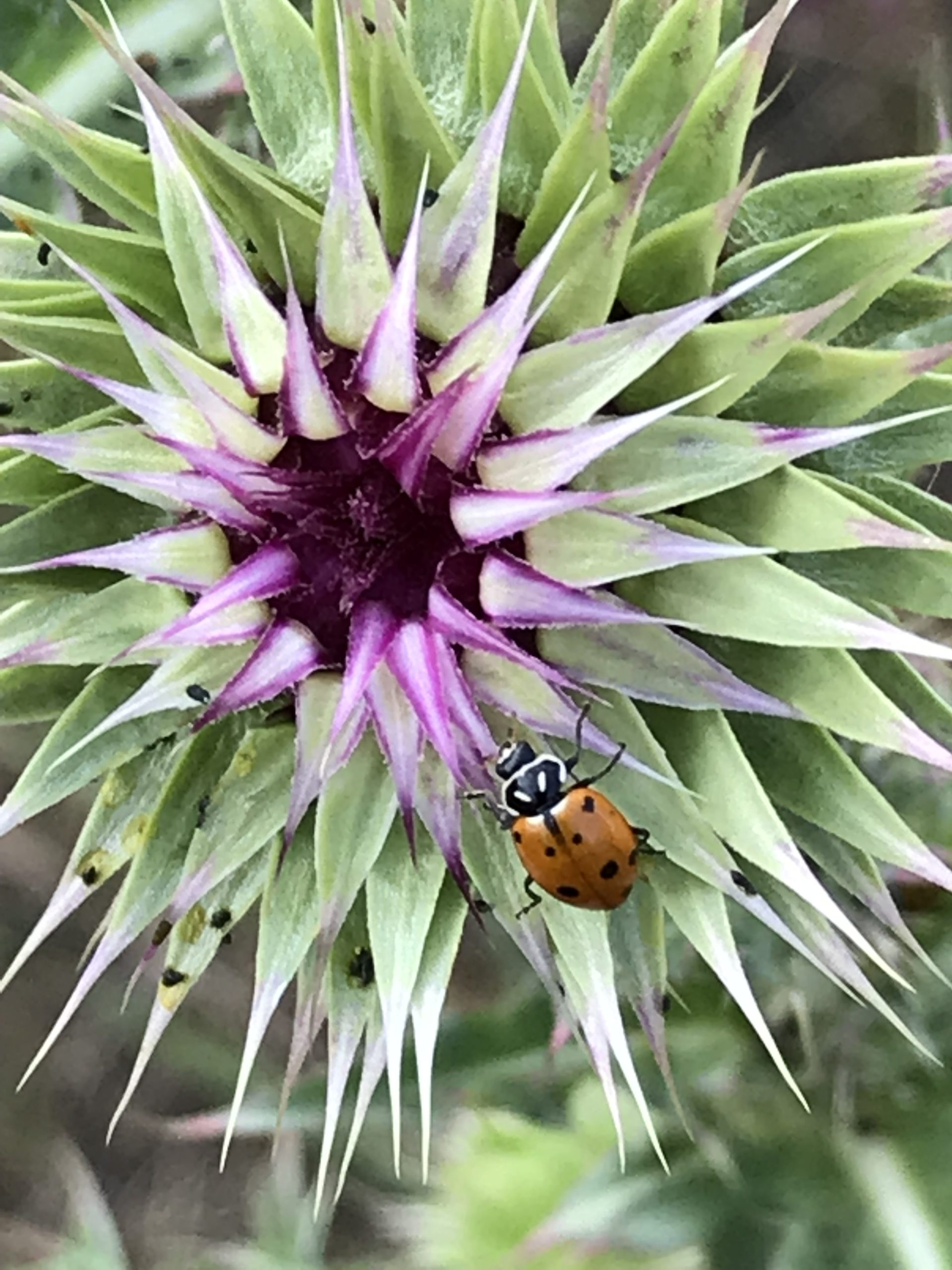
Morning for the spring dandelion is gentle and calm
The world is no longer a struggle but instead a serendipitous balm
Your yellow buds open upon you, sneaking between others some pink, some white
More colors even still in the waxing new day’s light
Spring Dandelion Power
There is no better time for the dandelion than when spring has sprung
The leaves are fresh green and so is the fresh dung
Birds do sing high up in the stretching yawning trees
Staking their turf, edges, and new nesting eaves
Spring when sprung well sizzles with waking signs
Of kin abloom drawn with straight growing lines
One end towards sun, the other down towards the deep
Until some roots build taps, and others go on the creep
The days are now joyous choruses of neighbor raucous crocuses
Avian acrobats whirling spinning diving like ferocious locusts
Shades of toothed green batten down the laden earth
Soaking and drinking and filling to fullest milky girth
And as the sun sets on each new spring day
I am reminded of the new presence by the heat that stays
Radiating, glowing, even after the moon has shown
Continuing the journey of growth and what has grown
It is amazing to think that each year the world mends
Its browns in all hues to life in all bends
From sails to seeds to germ and blossom
Dandelion life is both humble and awesome
So this spring when sprung look out your window or door
Remember that life gives always life more and more
If in doubt, don’t wait: be like the dandelion flower
Thriving in cracks and interrupting silly lawns with unrelenting blissful dandelion power
I’m Patrick Kelly, and I’m Wild About Utah
Credits:
Images: Courtesy & © Patrick Kelly
Audio: Courtesy & © Kevin Colver https://wildstore.wildsanctuary.com/
Text: Patrick Kelly, Director of Education, Stokes Nature Center, https://www.logannature.org
Included Links: Patrick Kelly & Lyle Bingham, Webmaster, WildAboutUtah.org
Additional Reading
Wild About Utah, Posts by Patrick Kelly
Stokes Nature Center, https://www.logannature.org/
Brain McCann, Roslynn, Dandelion, Friend or Foe?, Wild About Utah, Apr 4, 2016, https://wildaboututah.org/dandelion-friend-foe/
Greene, Jack, Pioneer Day Edible Native Plants 2016, Wild About Utah, Jul 18, 2016, https://wildaboututah.org/pioneer-day-edible-native-plants-2016/




